Cheetahs are often celebrated as the icons of speed. Their streamlined bodies, powerful limbs, and unique adaptations make them prime candidates for the title of the fastest land animals. But do they truly hold this accolade, and what makes them so special?
Understanding Cheetah Anatomy
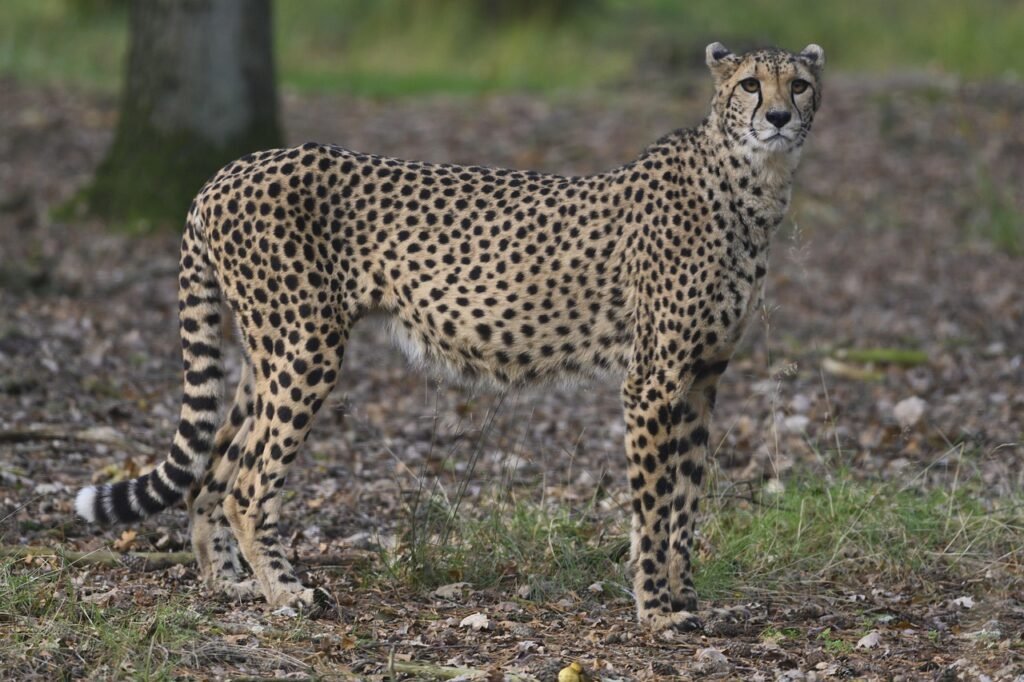
The cheetah’s body is almost perfectly engineered for speed. Its lightweight frame, long legs, and flexible spine allow for incredible strides. Cheetahs can cover up to 25 feet in a single bound, each step driven by large, muscular back legs and supported by non-retractable claws that enhance grip. Their small collarbone and freely moving shoulder blades permit greater extension, aiding their legendary speed capability.
The Role of Aerodynamics
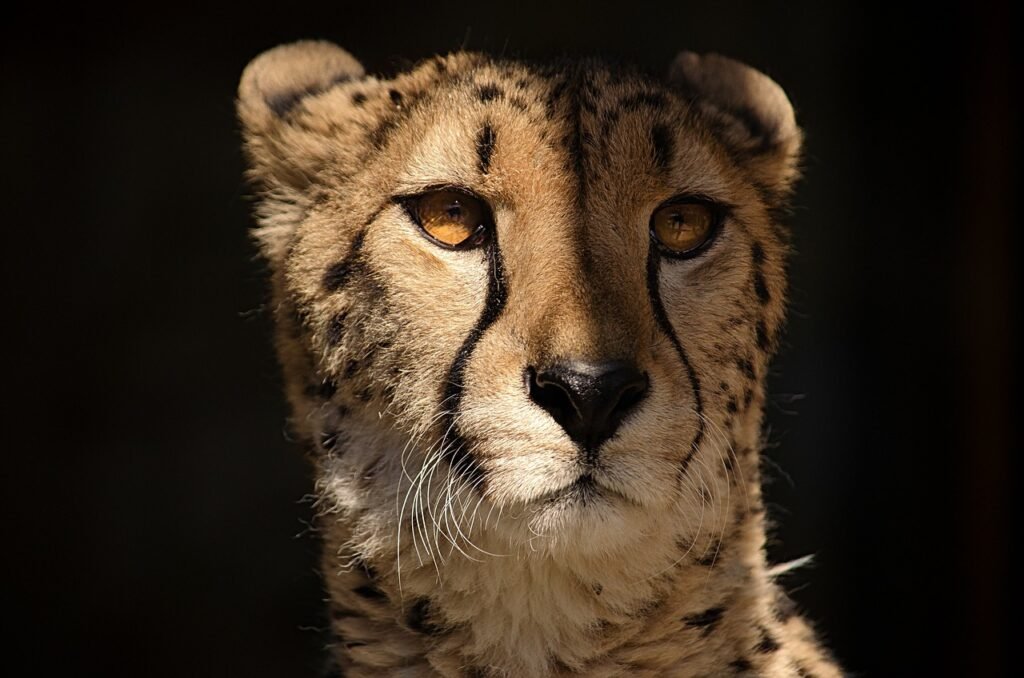
A cheetah’s small head, flat muzzle, and aerodynamic build minimize wind resistance, allowing it to cut through the air efficiently. These anatomical traits, combined with a lengthy tail that offers balance during high-speed chases, make for a streamlined predator capable of reaching incredible velocities.
The Mechanics of a Sprint
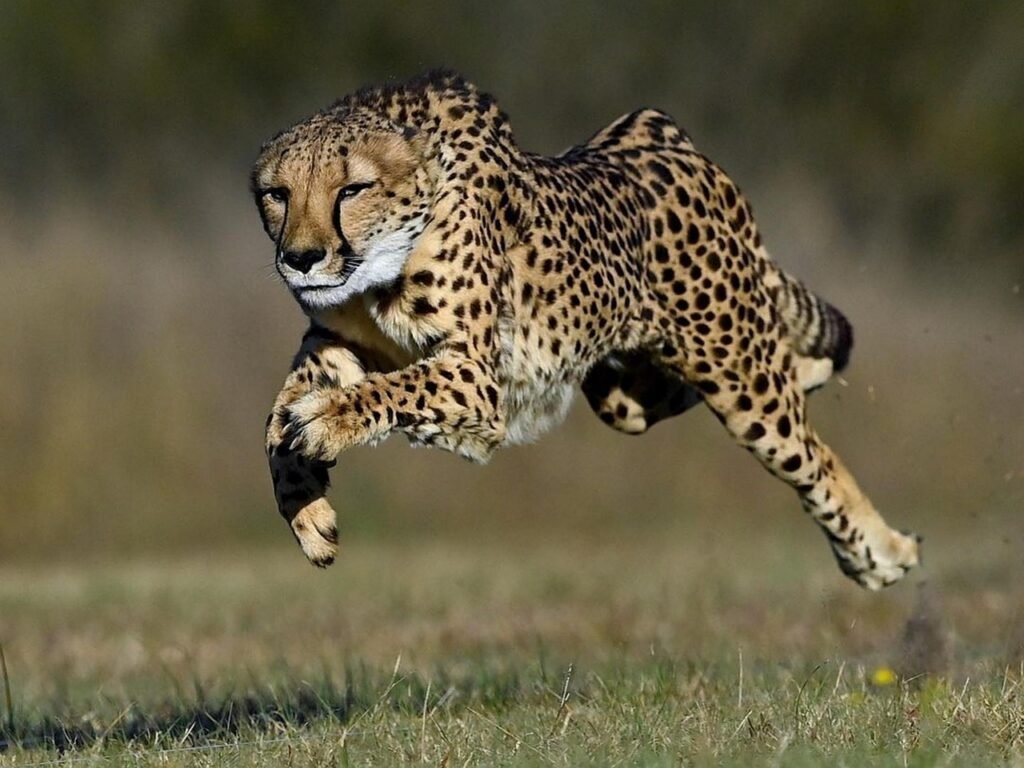
Cheetahs can accelerate from 0 to 60 miles per hour in just a few seconds. Their acceleration is one of the most impressive in the animal kingdom, driven by a phenomenal rate of muscle contraction. During these short, explosive sprints, cheetahs breathe up to 150 times per minute, ensuring their muscles receive adequate oxygen.
Limitations of Speed
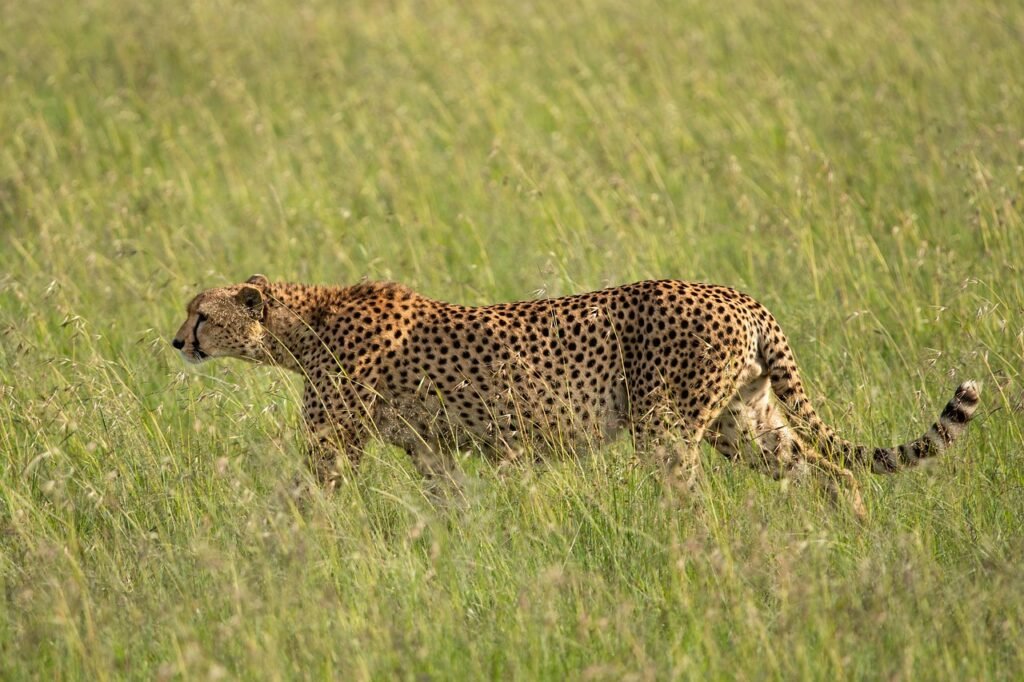
Despite their speed, cheetahs can only maintain maximum velocity for short bursts, typically covering a distance of 500 yards before fatigue sets in. The immense energy required for sprinting, coupled with the production of heat, limits their ability to sustain such speeds over longer periods. As a result, a failed hunt is especially costly in terms of energy expenditure.
Speed versus Prey
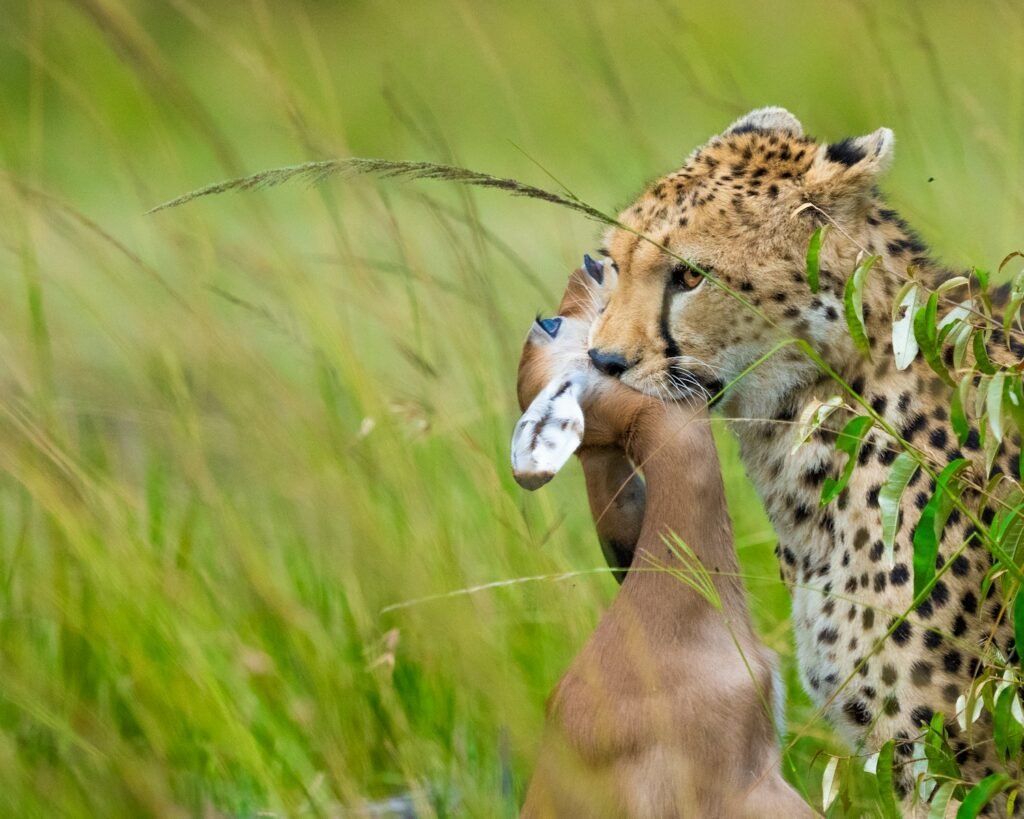
Cheetahs primarily hunt small to medium-sized ungulates like gazelles and impalas, utilizing their speed to outrun and outmaneuver their prey. The element of surprise, combined with incredible chase velocity, ensures a high success rate compared to other predators. However, the energy-intensive nature of their hunts necessitates high stakes; missing a target can lead to a missed opportunity for crucial nourishment.
Comparison with Other Speedsters
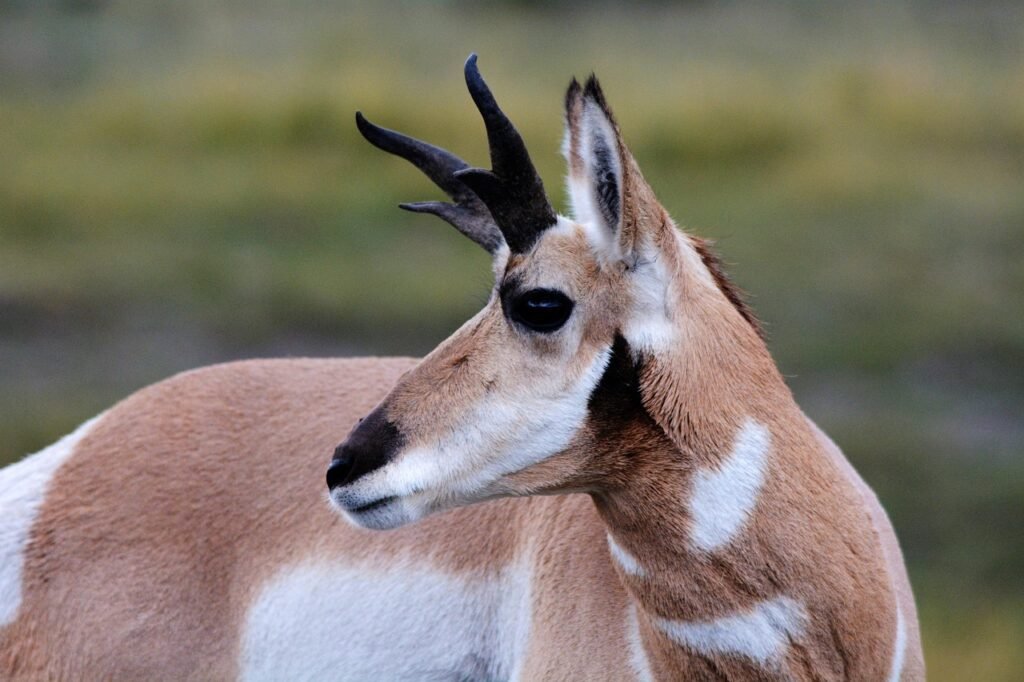
Other animals, such as the pronghorn antelope and, relatively speaking, the peregrine falcon (in a dive), exhibit remarkable speed in their respective domains. The pronghorn can maintain high speeds over longer distances than cheetahs, but none matches the intense burst required for short-distance chases as cheetahs do.
An Endangered Speed Demon

Cheetah populations are in decline due to habitat loss, human-wildlife conflict, and poaching. Their low genetic variability also imposes reproduction challenges, making conservation efforts imperative. Maintaining healthy cheetah populations is vital for preserving this unique piece of natural history and biological marvel.
Conservation Efforts
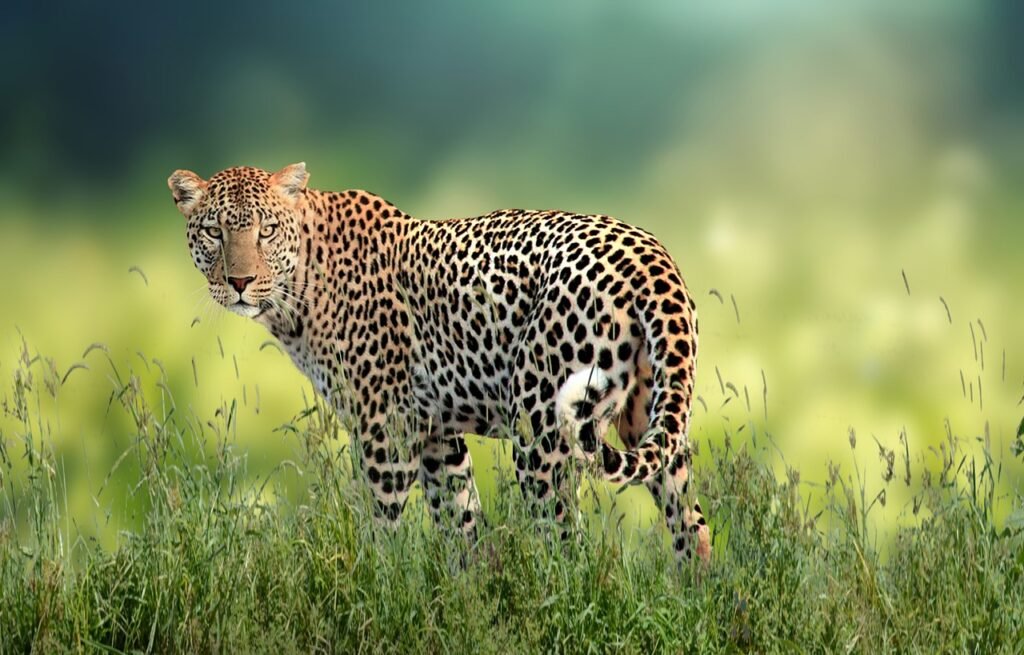
Organizations worldwide are working to conserve cheetah habitats and promote genetic diversity. Key measures include protected reserves, community-based conservation programs, and initiatives to curb wildlife trafficking. Educating communities on coexistence and the ecological importance of cheetahs is also pivotal for their survival.
Why Speed Matters
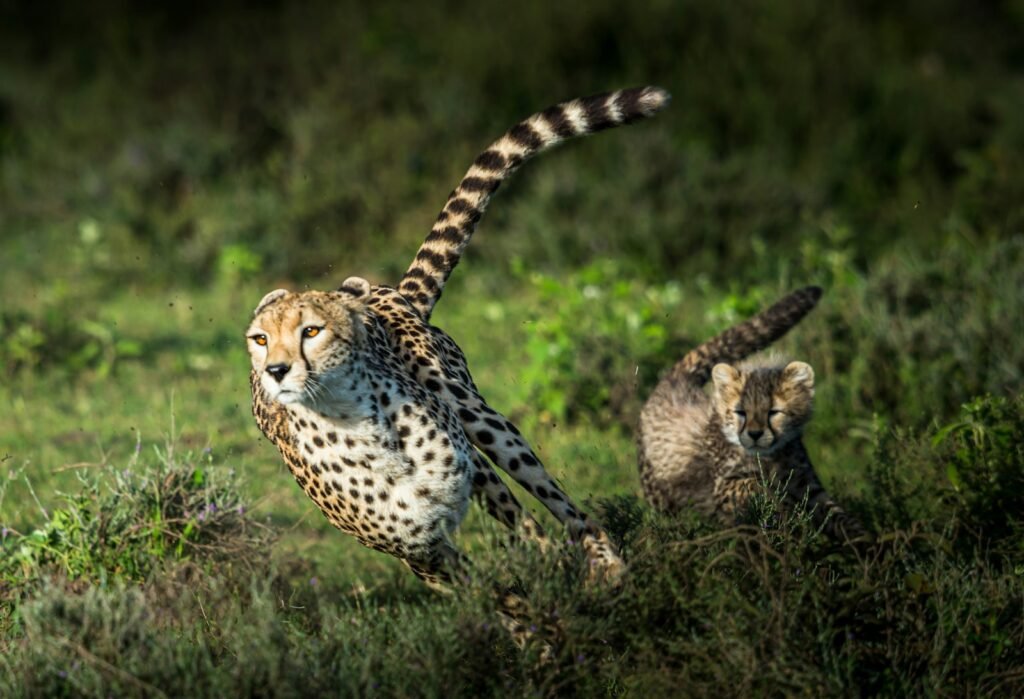
Cheetah speed is more than just an evolutionary curiosity; it plays a vital ecological role. As apex predators, they help maintain the balance of herbivore populations, thereby indirectly influencing plant communities and overall ecosystem health. Understanding and preserving the speed advantage of cheetahs is crucial not just for the species itself, but for the broader ecological tapestry.
Conclusion: A Worthy Title
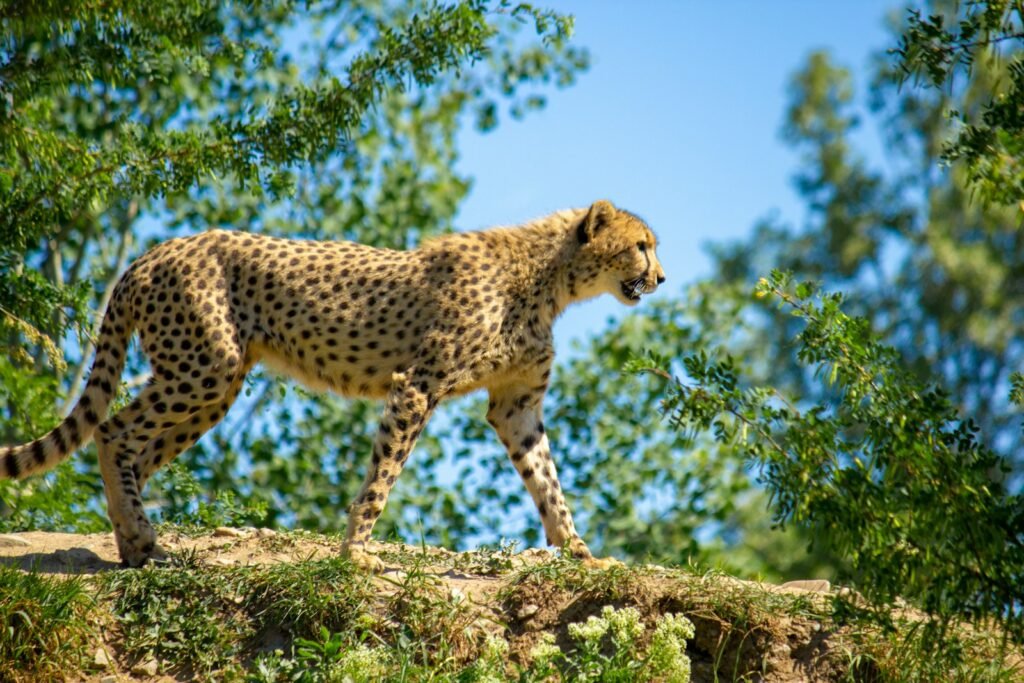
In the competition for the fastest land animal, cheetahs indeed hold their ground, thanks to a suite of highly specialized adaptations. While other animals may rival them in terms of endurance or maximum speed in specific conditions, the cheetah’s unparalleled acceleration and quickness on land remains unmatched. Their distinctive traits not only earn them this title but highlight the intricate dynamics of evolution and adaptation in the animal kingdom.

Growing up traveling and experiencing new cultures and wonders, I have had a passion for nature, adventuring, photography, and videography. I am currently working towards a BSc in Biodiversity and Ecology at Stellenbosch University, and I hope to specialise in Marine Sciences one day.
Please send any feedback to Feedback@animalsaroundtheglobe.com






